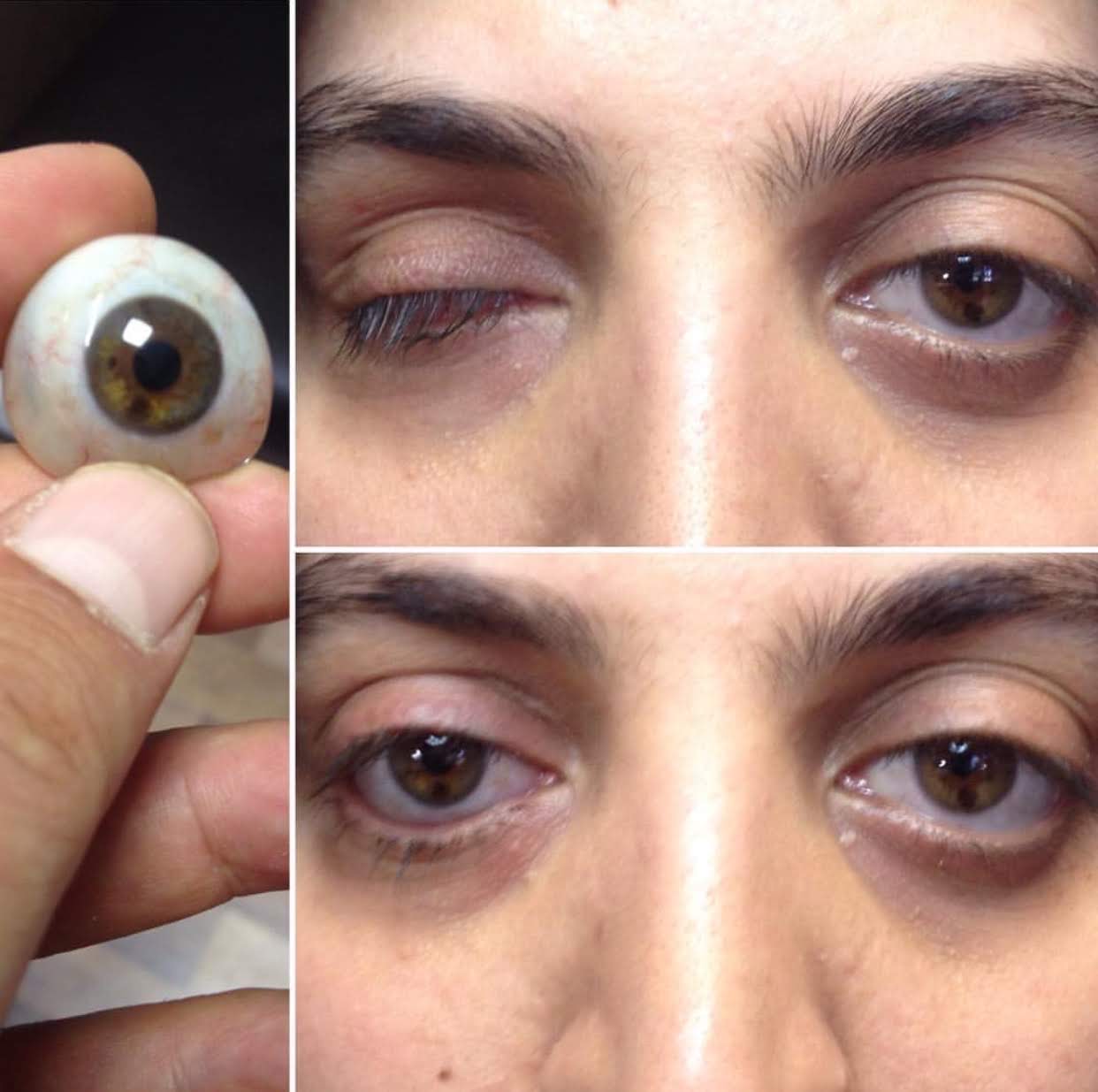What Is Oculoplasty?
Scope of Oculoplasty
The following are the common conditions that can be treated with eye oculoplasty:
- Drooping of upper eyelids
- Inversion or eversion of eyelid margins
- Trichiasis and distichiasis (abnormally positioned eye-lashes)
- Thyroid eye disease (inflammation, bulging, impaired vision)
- Epiphora (tear drainage problems)
- Congenital deformities (abnormal eyelids gap/position, abnormal size/shape of orbits)
- Traumatic injuries ( loss of eyeball, eyelid injuries, orbital facial fractures, etc.)
- Removal of eyelid tumours or cancers
Symptoms that Require Oculoplasty
- Abnormality in the ocular appendages
- Post-traumatic ecchymosis (bluishness of eye)
- Crows feet, scars, and wrinkles in eye fold
- Painful or painless swelling in eyelids
- Protruded mass or lump from the eyelids
- Double vision, reduced vision, or white reflex
- Excessive fat in eyelids, lax eyelids, or eyelid bags
- Twitching, burning, redness, or bulging of the eyes
- Blocked tear ducts
- Tumour in the eye or the surrounding area
At Prasad Netralaya Eye Hospital, our experienced and best oculoplastic surgeons assess the patient’s condition and analyze the root cause, if any, and suggest the required oculoplasty eye treatment to help retain vision and reinstate their confidence.

